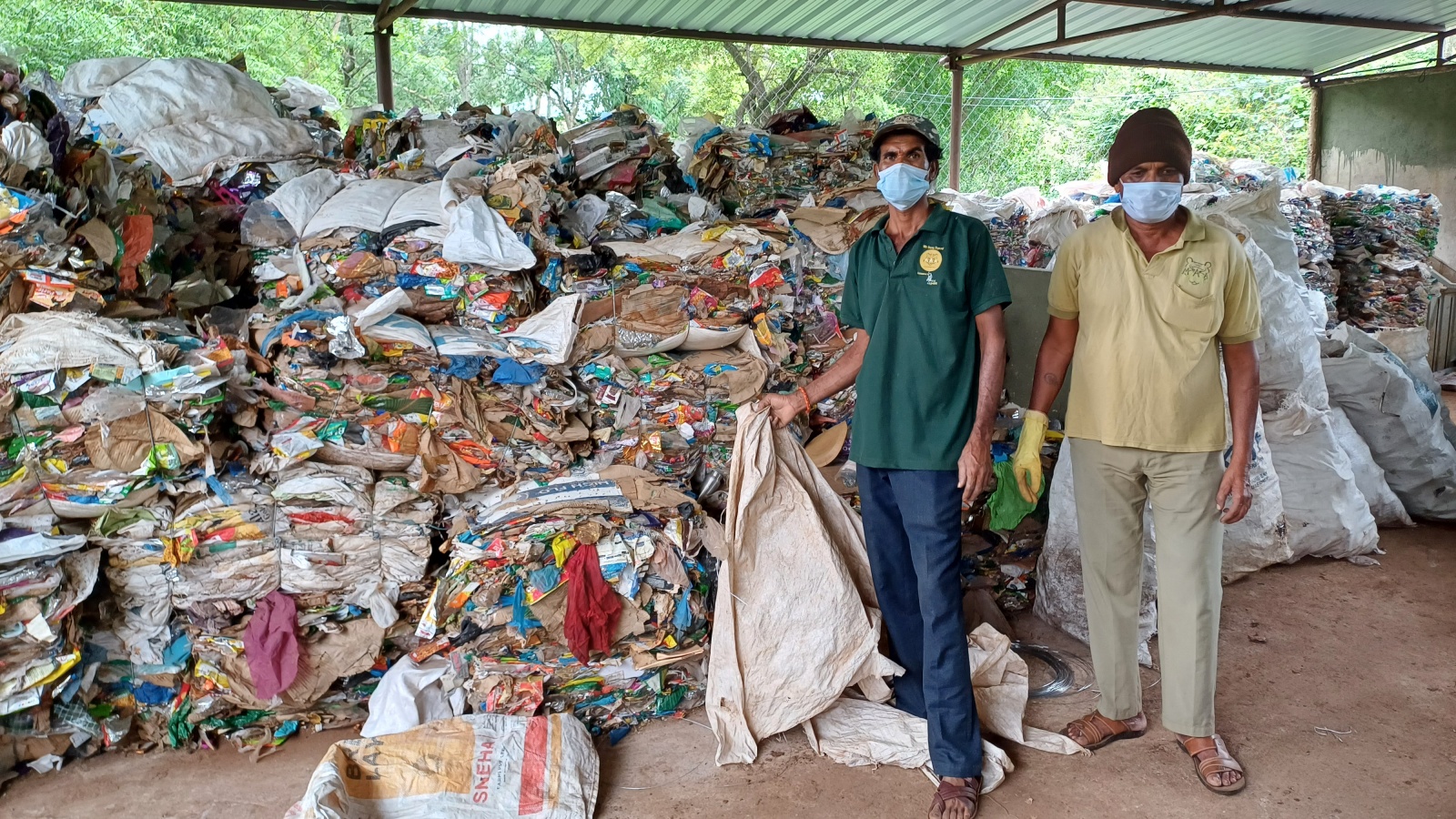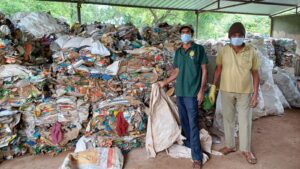
Amrabad Tiger Reserve Plastic Free Success
Plastic Ban in Amrabad Tiger Reserve Shows Results
The Amrabad Tiger Reserve, one of India’s largest and most crucial tiger habitats, has made significant strides in environmental conservation by enforcing a strict ban on plastic. Since the ban’s implementation in July 2024, the authorities have collected an astounding 3.7 tonnes of plastic waste. This effort marks a critical step toward preserving the ecosystem and reducing the environmental threat posed by plastic.

Rigorous Monitoring and Checkpoints
The success of the plastic ban is largely attributed to the rigorous enforcement measures adopted by the Amrabad Tiger Reserve authorities. At key checkpoints like Mannanur, Durvasula, and Domalapenta, forest officials are conducting stringent checks to ensure that no plastic materials, including bottles and polythene covers, are carried into the reserve. Travelers passing through these areas are educated about the newly enacted law to prevent plastic from infiltrating the protected environment.
According to officials, these strict measures have played a significant role in keeping plastic out of the core tiger habitat. This has directly contributed to the collection of over 1.5 tonnes of plastic in July, 1.2 tonnes in August, and approximately one tonne in September. The authorities also regularly update their efforts to ensure ongoing progress in this mission.
Swachh Sevaks and Waste Management
To bolster these efforts, the reserve has also introduced ‘Swachh Sevaks’—individuals specifically appointed to pick up plastic litter along the 70-kilometer stretch of the highway that runs through the Amrabad Tiger Reserve. These workers collect plastic waste, which is then sent to the cement industry for recycling after proper segregation.
According to Swetha Gorrapally, Education Officer at Amrabad Tiger Reserve, this initiative ensures that no plastic waste stays within the reserve, keeping it clean and protecting the wildlife from the harmful effects of plastic.

Managing the Flow of Traffic
The Amrabad Tiger Reserve is unique in that a large number of vehicles pass through its territory daily. This is due to the route’s proximity to the popular Srisailam temple, a vital pilgrimage site in Telangana. During festivals, a few thousand vehicles can cross the reserve daily, increasing the risk of plastic waste entering the environment.
To manage this, forest officials have restricted the movement of vehicles within the reserve from 6 a.m. to 9 p.m. This control, along with the plastic checks, significantly reduces the likelihood of plastic pollution from travelers. The reserve’s efforts are not just about regulating traffic but ensuring that visitors adhere to environmentally friendly practices, further reinforcing the plastic ban.
No Fines, Awareness Drives Instead
Although the plastic ban is in full force, the Amrabad Tiger Reserve has opted not to levy fines on visitors carrying plastic. Instead, the focus is on creating awareness. Forest officials are committed to educating the public on the importance of the ban and the steps required to maintain the area’s pristine condition. Visitors are informed about the harmful effects of plastic on wildlife, especially in protected areas like tiger reserves.
In support of these initiatives, biodegradable plates, made by local women, are now used within the reserve, demonstrating a sustainable alternative to plastic usage. This proactive approach emphasizes community involvement in the conservation process, fostering a sense of responsibility among locals and visitors alike.
Significance of the Amrabad Tiger Reserve
The Amrabad Tiger Reserve spans 2,611 square kilometers within the Nallamala forest and plays a crucial role in India’s tiger conservation efforts. With 33 tigers calling it home, the reserve is the second-largest in terms of core area and the sixth-largest overall among the 51 tiger reserves in India. Its location in the Eastern Ghats and its proximity to both Nagarkurnool and Nalgonda districts make it a vital part of the region’s ecosystem.
The reserve’s significance extends beyond wildlife, as the 70-kilometer stretch of highway passing through it is a critical route for pilgrims traveling to the Srisailam temple. Balancing conservation with the influx of visitors is a key challenge, but the ongoing plastic ban proves that sustainable solutions can be effectively implemented.
Future Plans: Safari and Plastic-Free Zones
With safaris at the Amrabad Tiger Reserve currently suspended until the end of September, as per National Tiger Conservation Authority guidelines, the focus remains on maintaining the plastic-free status of the area. Safari bookings are expected to reopen in early October, and officials have expressed optimism about the future, hoping to continue making strides in plastic management and wildlife conservation.
The reserve’s success in managing plastic waste will serve as a model for other tiger reserves and protected areas across India, showing that collaborative efforts between authorities, visitors, and local communities can lead to tangible results in environmental protection.
Disclaimer: The information provided is based on current developments at the Amrabad Tiger Reserve. Future policies and plans may evolve to further enhance plastic ban enforcement and environmental conservation efforts.


